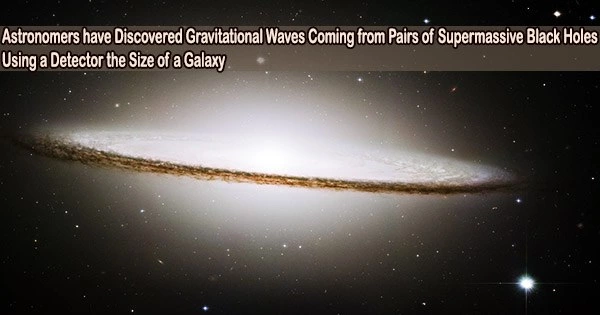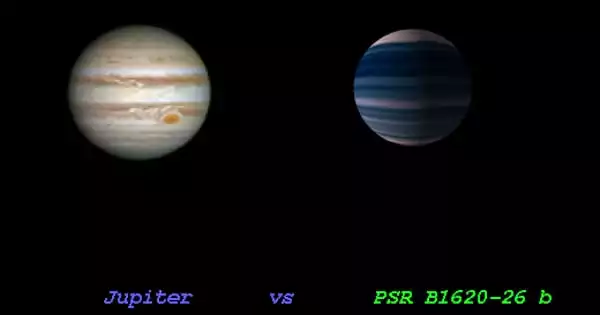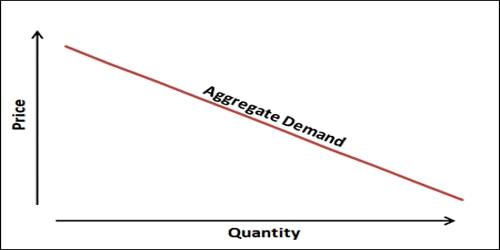Gravitational waves are ripples in space and time that are produced when black holes and other incredibly huge, dense objects spin around one another. These waves are one of the few available tools for investigating the mysterious cosmic giants that produce them.
Astronomers have recorded the high-frequency “chirps” of black holes colliding, but it has been more difficult to hear the ultra-low-frequency rumble of supermassive black holes orbiting one another. We have been looking for the weak ripples of these waves for decades by observing pulsars, a type of star that pulses like a lighthouse.
Today, pulsar research collaborations around the world including ours, the Parkes Pulsar Timing Array announced their strongest evidence yet for the existence of these waves.
What are gravitational waves?
In 1915, German-born physicist Albert Einstein presented a breakthrough insight into the nature of gravity: the general theory of relativity.
According to the theory, the universe is made of spacetime, a four-dimensional “fabric” that can be bent, stretched, and twisted. This fabric is distorted by massive things, creating gravity.
Gravitational waves, which propagate at the speed of light, should be created by the motion of large objects, according to an intriguing consequence of the theory.
It takes an enormous amount of energy to create the tiniest of these ripples. For this reason, Einstein was convinced gravitational waves would never be directly observed.
A century later, gravitational wave chirps were heard throughout the cosmos as two black holes collided, as seen by researchers from the LIGO and Virgo collaborations.
Now, seven years after this discovery, radio astronomers from Australia, China, Europe, India, and North America have found evidence for ultra-low-frequency gravitational waves.
A slow rumbling of gravitational waves
Unlike the sudden burst of gravitational waves reported in 2016, these ultra-low-frequency gravitational waves take years or even decades to oscillate.
Supermassive black hole couples that are circling in the centers of far-off galaxies throughout the cosmos are predicted to be the source of these objects. A detector the size of a galaxy would need to be built in order to detect these gravitational waves.
Another option is to make use of pulsars, which are already dispersed around the galaxy and whose pulses reach our observatories with the regularity of accurate clocks.
CSIRO’s Parkes radio telescope, Murriyang, has been observing an array of these pulsars for almost two decades. Our Parkes Pulsar Timing Array team is one of several collaborations around the world that have today announced hints of gravitational waves in their latest data sets.
Other collaborations in China (CPTA), Europe and India (EPTA and InPTA), and North America (NANOGrav) see similar signals.
The “ocean” of gravitational waves that are randomly produced by all the pairs of supermassive black holes in the cosmos is the signal that we are looking for.
In addition to being a further validation of Einstein’s theory, the observation of these waves has significant ramifications for our comprehension of the evolution of galaxies across the cosmos. The engines at the center of galaxies, which consume gas and control star formation, are supermassive black holes.
The signal appears as a low-frequency rumble, common to all pulsars in the array. As the gravitational waves wash over Earth, they affect the apparent rotation rates of the pulsars.
These waves stretch and compress our galaxy, changing the distances to the pulsars by only a few tens of meters. That’s not much when the pulsars are typically about 1,000 light-years away (that’s about 10,000,000,000,000,000,000 meters).
Surprisingly, because pulsars are such steady natural clocks, we can witness these shifts in spacetime as millisecond delays to the pulses, which radio astronomers can monitor with great ease.
What has been announced?
The signal is anticipated to emerge gradually since ultra-low-frequency gravitational waves take years to vibrate.
First, radio astronomers saw a typical rumbling in the pulsars, but they couldn’t determine where it came from.
Now, as this signal is being detected by all of the pulsar timing array consortia worldwide, the distinctive fingerprint of gravity waves is starting to emerge as a characteristic of this signal.
The link between the similarity of pulse delays and the separation angle of pulsar pairs in the sky is specifically described by this fingerprint.
The link results from the stretching of spacetime at Earth, which modifies pulsar distances depending on their direction. For instance, pulsars separated at right angles exhibit a different signal than pulsars located close to one another in the sky.
The breakthrough has been enabled by improved technology at our observatories. Thanks to the sophisticated receiver and signal processing equipment built on Murriyang, the Parkes Pulsar Timing Array has the longest high-quality data collection. With the use of this technology, the telescope has found many of the top pulsars that have been used by international teams doing gravitational wave searches.
The signal anticipated from gravity waves was lacking from pulsar investigations, according to earlier findings from our collaboration and others.
Now, we seem to be seeing the signal with relative clarity. By breaking up our large data set into smaller “time-slices,” we can demonstrate how the signal seems to be getting stronger with time. It is unknown what caused this observation, however it is possible that the gravitational waves are acting in an unanticipated way.
The new evidence for ultra-low-frequency gravitational waves is exciting for astronomers. The global collaborations will have to merge their data sets in order to verify these signs, which greatly improves their gravitational wave sensitivity.
The International Pulsar Timing Array project, whose members met in Port Douglas, Far North Queensland, last week, is currently working to develop this unified data collection. Future observatories, like the Square Kilometre Array under construction in Australia and South Africa, will turn these studies into a rich source of knowledge about the history of our universe.
















